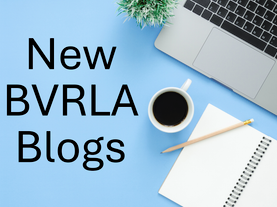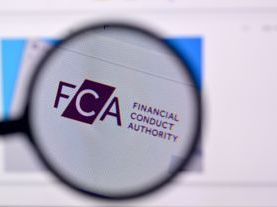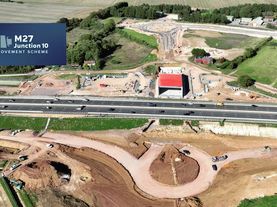BVRLA Chief Executive Toby Poston comments: Every month we see tens of thousands of new electric vehicles being registered. Driven by the company car sector and fleet operators, the UK’s transition to zero-emission vehicles is ticking along. It remains fragile though. The players responsible for the progress to date can only take the transition so far; they alone cannot get us over the finish line.
Ultimately, that finish line is not just all new registrations being for zero-emission vehicles. Success is only seen when all road users have cleaner, greener solutions that are accessible and affordable to them.
The used EV market is a critical enabler of that vision being realised.
Where we have seen the positive impact of attention and incentives for the new market, used has been left to fend for itself. This has created volatility in a market that is sustained by stability.
To start realigning that attention, we are coordinating #UsedEVweek this week (20-24 October). This week is all about shining a positive spotlight on used EVs.
While it is important to highlight where the vehicles are meeting user needs, overcoming myths and misconceptions, it is equally important that we have productive discussions about how industry and government can work to deliver the stable used EV market that the transition desperately seeks.
As part of this activity, the BVRLA is attending a trio of roundtables with government representatives and industry partners. They will consider the transport and energy challenges of the transition in turn. Discussions will highlight what solutions are already being provided by industry while exploring what levers the government can pull to strengthen the market.
For the used EV market, the potential solutions are varied. Examples include a government-backed consumer campaign, and a consistent approach to battery health certificates. Both would help to educate consumers and equip them to make informed decisions. A more tangible, financial incentive would be to reconsider how Benefit in Kind is applied to used EVs. Adjusting the taxable amount based on the vehicle’s current value, not still tied to its initial RRP, would immediately make used EVs more affordable to more households.
The risks of leaving the used market to fend for itself are stark.
Low demand creates a bottleneck of supply when new registrations will only increase, intensifying the risk being taken on by those leading the way. Ultimately the cost to source a new EV will have to rise to cover that risk, putting the brakes on adoption at the front end too.
By supporting second and third owners, we also support the first. In doing so we can protect value throughout the vehicle’s life, making EVs affordable to more households and ensuring sustainability isn’t just environmental but economic.
If you are not already involved in the BVRLA’s work in this space, please reach out to me directly or pick up with a member of the team.




